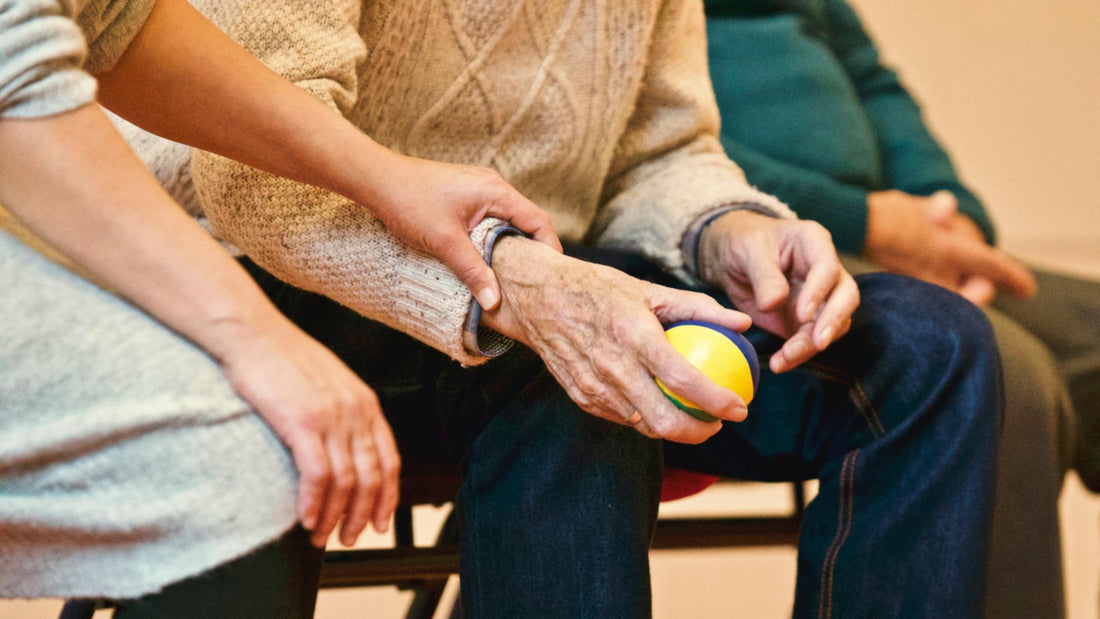As we age, our bodies undergo various changes, and sometimes, even the simplest tasks become challenging. One common concern among the elderly is the difficulty in standing back up after a fall. While this may seem like a simple matter, there are complex physiological and biomechanical factors at play. Understanding why this happens is crucial for both caregivers and seniors themselves. Let's delve into the mechanics behind this phenomenon.
Loss of Muscle Strength and Mass:
One of the primary reasons elderly individuals struggle to stand up after a fall is the loss of muscle strength and mass that naturally occurs with age. As we grow older, our muscles tend to weaken and shrink, a condition known as sarcopenia. This loss of muscle strength makes it harder for older adults to generate enough force to lift themselves off the ground.
Decreased Flexibility and Joint Mobility:
Alongside muscle weakness, aging also leads to a decrease in flexibility and joint mobility. Stiff joints and reduced range of motion make it challenging for seniors to maneuver their bodies into the necessary positions to stand up after a fall. Simple tasks like bending the knees or reaching for support become much more difficult, further complicating the process of getting back on their feet.
Impaired Balance and Coordination:
Another factor contributing to the difficulty of standing back up after a fall is impaired balance and coordination. Aging often brings about changes in the vestibular system, which is responsible for maintaining balance. Additionally, conditions such as peripheral neuropathy, common among older adults, can affect sensation in the feet and legs, making it harder to maintain stability.
Fear of Falling Again:
Psychological factors also play a significant role in why elderly individuals struggle to stand back up after a fall. Experiencing a fall can be a traumatic event, leading to fear and anxiety about falling again. This fear can further hinder attempts to regain footing, as seniors may hesitate or be reluctant to make sudden movements.
Preventing Falls and Improving Mobility:
While the challenges of standing back up after a fall are undeniable, there are steps that can be taken to mitigate these risks and improve mobility among the elderly:
- Strength and balance exercises: Engaging in regular physical activity, particularly exercises that target muscle strength and balance, can help older adults maintain mobility and reduce the risk of falls.
- Home modifications: Making simple modifications to the home environment, such as installing grab bars in the bathroom or removing tripping hazards, can create a safer living space for seniors.
- Assistive devices: Utilizing assistive devices like canes, walkers, or mobility aids can provide additional support and stability when standing up after a fall.
- Regular health check-ups: Regular check-ups with healthcare professionals can help identify and address any underlying medical conditions or medication side effects that may contribute to falls.
Understanding why elderly individuals struggle to stand back up after a fall requires a comprehensive look at the physiological, biomechanical, and psychological factors involved. By addressing these challenges and implementing preventive measures, we can empower older adults to maintain their independence and quality of life as they age.

